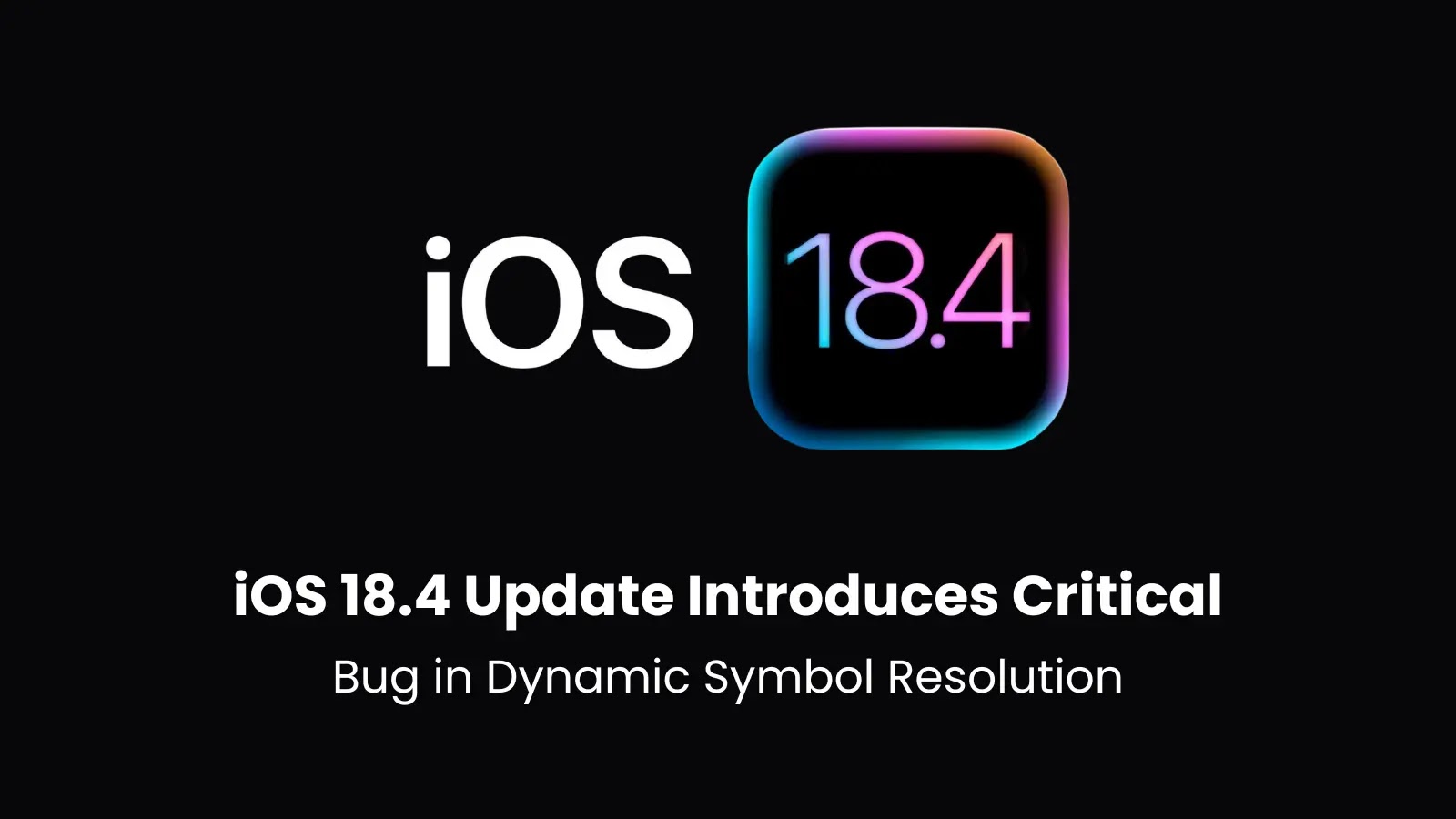OpenAI Introduces Aardvark: The GPT-5 Agent Revolutionizing Code Security
OpenAI has unveiled Aardvark, an advanced AI agent powered by its latest large language model, GPT-5. This innovative tool is designed to autonomously identify and rectify security vulnerabilities within codebases, marking a significant advancement in automated code security.
Aardvark’s Functionality
Aardvark seamlessly integrates into the software development lifecycle, continuously monitoring source code repositories. It proactively detects potential security flaws, assesses their exploitability, prioritizes them based on severity, and proposes precise patches. This proactive approach ensures that vulnerabilities are addressed promptly, enhancing the overall security posture of software projects.
Integration with GPT-5
At the core of Aardvark is GPT-5, OpenAI’s latest large language model introduced in August 2025. GPT-5 boasts enhanced reasoning capabilities and employs a real-time router to select the most appropriate model based on the context and complexity of the task. This integration enables Aardvark to understand intricate code structures and generate effective solutions to identified issues.
Operational Mechanism
Aardvark operates by embedding itself into the development pipeline, where it performs the following tasks:
1. Continuous Analysis: It monitors code commits and changes, ensuring that any new vulnerabilities introduced during development are promptly identified.
2. Threat Modeling: By analyzing the project’s codebase, Aardvark constructs a threat model that aligns with the project’s security objectives and design principles.
3. Vulnerability Detection: Utilizing its understanding of the codebase, it identifies existing and emerging security issues.
4. Exploit Validation: Upon detecting a potential flaw, Aardvark attempts to exploit it within a controlled, sandboxed environment to confirm its validity.
5. Patch Generation: Leveraging OpenAI Codex, Aardvark generates targeted patches for the identified vulnerabilities, which are then reviewed by human analysts to ensure accuracy and effectiveness.
Real-World Impact
OpenAI has implemented Aardvark across its internal codebases and with select external partners. This deployment has led to the identification of at least ten Common Vulnerabilities and Exposures (CVEs) in open-source projects, demonstrating Aardvark’s efficacy in real-world scenarios.
Industry Context
The introduction of Aardvark aligns with a broader industry trend towards leveraging AI for automated vulnerability detection and remediation. For instance, Google recently announced CodeMender, a tool designed to detect and patch vulnerable code to prevent future exploits. These developments underscore a collective effort to enhance software security through continuous code analysis and automated patch generation.
Conclusion
Aardvark represents a paradigm shift in code security, offering developers and security teams an autonomous agent capable of identifying and addressing vulnerabilities as code evolves. By catching issues early, validating their exploitability, and providing clear fixes, Aardvark aims to strengthen security without hindering innovation. OpenAI’s commitment to expanding access to security expertise is evident in this initiative, positioning Aardvark as a valuable asset in the ongoing effort to secure software development processes.



